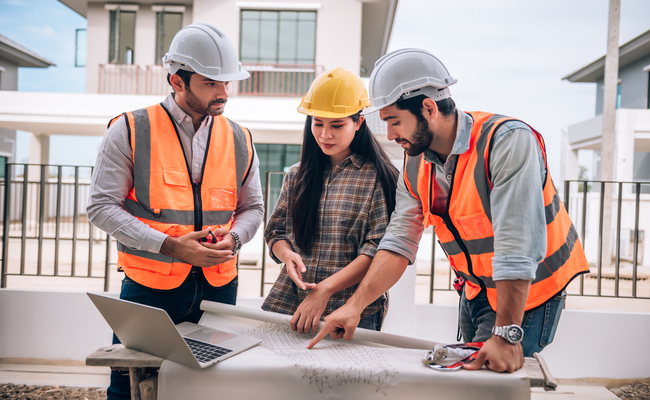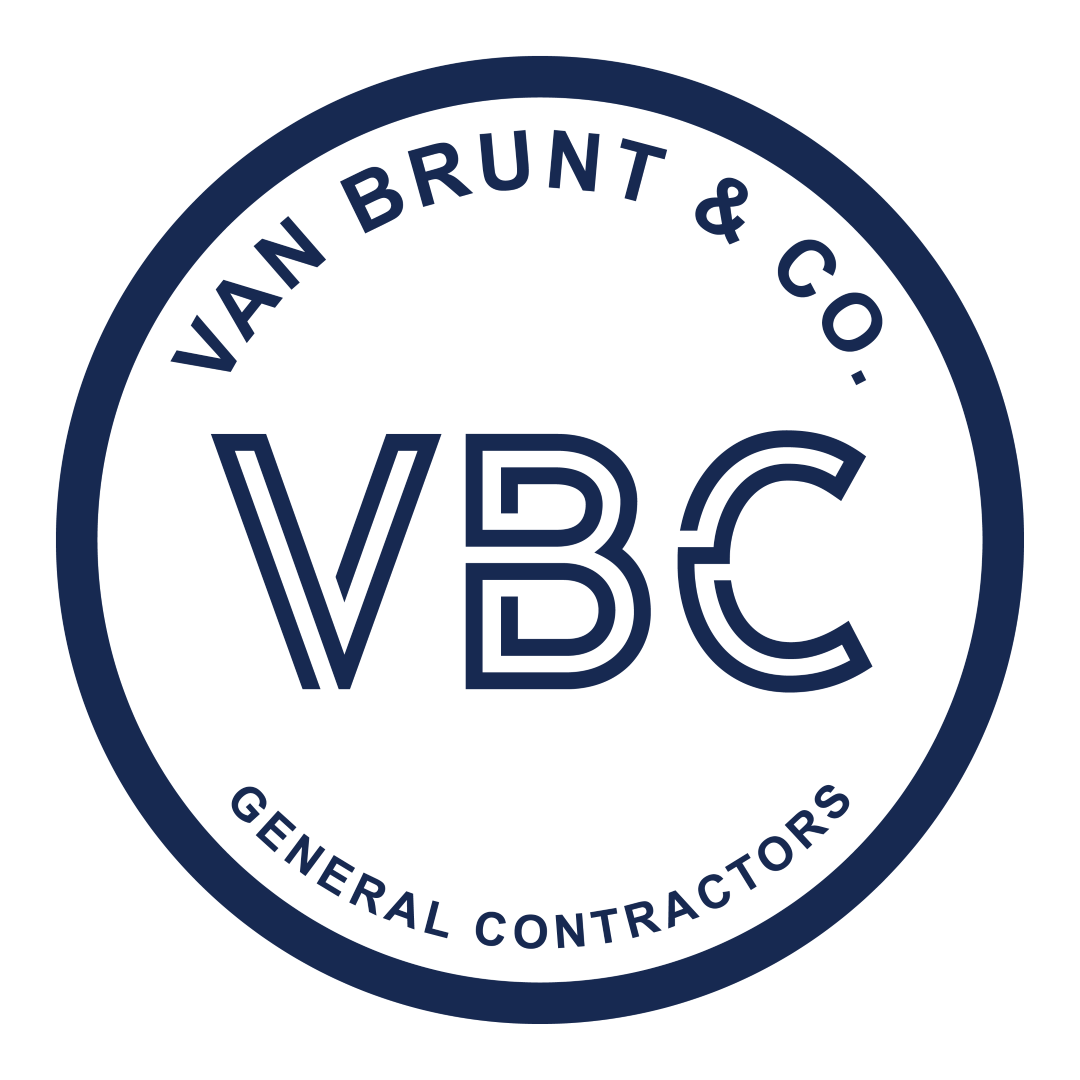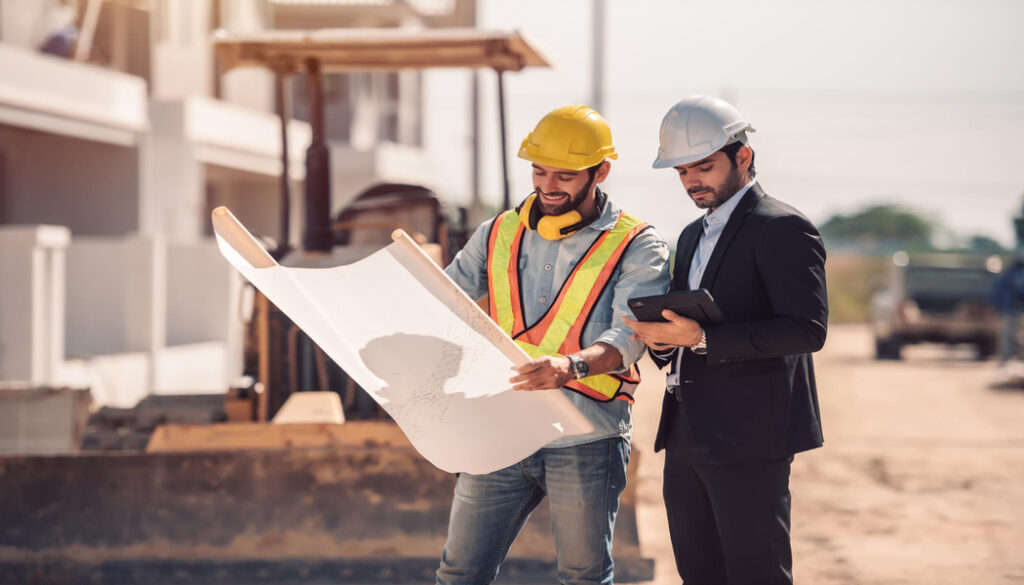Ensuring quality assurance in restaurant construction is essential for any owner aiming to open a safe, functional, and visually appealing dining space. From the outset, partnering with an experienced team like Van Brunt Construction’s restaurant building professionals ensures every stage is managed with precision. Quality assurance covers much more than just following plans, it means meeting safety standards, respecting budgets, and delivering results that match your vision. This process also directly supports the larger goal of learning how to select and work with a restaurant builder.
Imagine spending months planning your restaurant, only to discover leaky ceilings, uneven floors, or poorly finished surfaces right before opening day. Owners frequently feel overwhelmed as deadlines approach and small mistakes slip through the cracks. Many have watched their excitement fade when promised standards weren’t met, or final inspections revealed costly surprises. The frustration of redoing work can drain budgets, delay grand openings, and erode trust in the builder.
That’s why every owner needs a clear understanding of what quality assurance actually means in restaurant construction. In this guide, you’ll learn foundational principles, actionable strategies, and advanced tips for maintaining quality from the first blueprint to the final walkthrough. Along the way, we’ll also explore what you need to know about restaurant builder contracts and proposals, so you can avoid common pitfalls and feel confident at every step.
Understanding the Foundations of Quality Assurance in Restaurant Construction
Every successful restaurant project begins with a focus on quality from day one. Understanding the basics of quality assurance ensures you know what to expect, what to ask for, and how to hold your team accountable.
The Importance of Setting Construction Standards
Quality assurance in restaurant construction always starts with well-defined standards. These might include meeting all relevant building codes, following detailed blueprints, and ensuring that every material used is up to specification. When owners set clear expectations at the start, everyone involved in the project can measure progress and performance. For example, top companies like Van Brunt Construction use documented processes to align the builder’s work with the owner’s goals. This eliminates guesswork and minimizes errors. A standard might include how concrete is poured, how kitchen ventilation is installed, or how electrical systems are routed. Defining these requirements upfront gives you leverage if problems arise later, because everyone is working from the same rulebook.
Building Codes and Compliance
Every restaurant must comply with local and national building codes to ensure the space is safe and legal. These codes cover fire safety, ventilation, accessibility, plumbing, and more. Compliance isn’t just a box to check, failing inspections can lead to costly rework or even legal penalties. A ground-up commercial construction company will have deep experience navigating these requirements. Reliable contractors regularly communicate with city inspectors and keep detailed records of every inspection. They anticipate potential roadblocks, which allows your project timeline to stay on track. Owners should always request proof of compliance at major milestones and understand the local code requirements, which can differ greatly from one jurisdiction to another. This foundational knowledge reduces risk and prevents headaches.
The Role of Documentation and Inspection Checklists
Consistent documentation and thorough inspection checklists are critical to maintaining quality. Throughout construction, each phase should be checked against pre-set standards and signed off by both the contractor and owner. For instance, general contractors often rely on digital project management tools to share daily updates, track issues, and store inspection records. When issues arise, these records provide evidence of when and how they were addressed. Tenant finish specialists often use detailed checklists covering finishes, electrical, plumbing, and equipment installation. Checklists ensure nothing is overlooked, making it easier to spot patterns of neglect or recurring problems. As you evaluate builders, ask to see sample documentation, they can reveal a lot about a company’s approach to quality.

Core Strategies for Quality Assurance Throughout the Construction Process
Owners who prioritize quality assurance use a range of practical strategies throughout every stage of restaurant construction. These proactive steps reduce mistakes, lower stress, and help ensure the finished restaurant meets both functional and aesthetic goals. For example, restaurants with a strategic digital presence are often better prepared to coordinate contractors and track project details.
Choosing the Right General Contractor
The most effective way to maintain quality is by carefully selecting your general contractor. Seek out companies with proven track records, solid references, and extensive experience with restaurants. Review previous projects and check for any history of code violations or unresolved disputes. Commercial remodeling specialists with expertise in adaptive reuse and modern kitchens often have robust systems for ensuring quality control. Look for contractors who invite questions and value transparency. Owners should also verify that candidates carry proper licensing and insurance. Take time to interview more than one candidate and compare their approaches to quality assurance. The right builder will outline their process for site supervision, subcontractor management, and regular reporting, critical factors for avoiding future disputes.
Establishing Clear Communication Channels
Regular communication between the owner, builder, and any consultants is crucial. Misunderstandings about specifications or scheduling can lead to expensive errors or delays. A written communication plan outlines who communicates with whom, how updates are shared, and how issues are tracked. Companies using modern project management platforms often provide access to real-time updates, progress photos, and digital punch lists. Open lines of communication let owners flag potential problems before they become costly setbacks. Maintaining transparency, especially about any changes to the original scope, empowers owners to stay involved and informed. For best results, hold regular site meetings to review completed work and upcoming tasks, ensuring everyone remains aligned.
Contractual Safeguards and Proposals
Quality assurance is built directly into your contracts and proposals. Well-written contracts include clear descriptions of materials, installation standards, timelines, and inspection procedures. Every proposal should spell out who is responsible for obtaining permits, handling change orders, and addressing deficiencies. This is where understanding restaurant builder contracts and proposals comes into play. Reputable contractors never shy away from specifying the details in writing. This protects owners by making quality expectations legally enforceable. Owners should always review proposals with legal counsel or an industry expert before signing. Pay special attention to warranty language and post-construction responsibilities. The more precise your agreement, the easier it is to address any problems swiftly and fairly.
Implementing Quality Assurance Measures on the Job Site
Builders that use targeted outreach strategies to keep owners in the loop also demonstrate greater accountability, ensuring owners have a direct channel to raise concerns during construction. Turning plans into reality means overseeing daily work with a keen eye for detail. This section explores how to put quality assurance into action on the restaurant job site.
Routine Inspections and Checkpoints
Consistent inspections at every stage help identify and resolve issues early. Owners or their representatives should schedule walkthroughs at major milestones, after framing, mechanical installation, and before finishing work. During each walkthrough, use a comprehensive inspection checklist to evaluate workmanship, safety compliance, and adherence to design. Request copies of inspection reports and keep detailed notes of any deficiencies. Trusted general contractors will welcome owner participation and proactively fix issues without delay. For restaurants, special attention should be given to kitchen build-outs, ventilation systems, and utility connections, since these areas face rigorous health inspections later. These checkpoints, coupled with an active site presence, dramatically increase the likelihood of a successful final result.
Training and Supervising Subcontractors
Subcontractors often handle much of the day-to-day construction. Ensuring quality means vetting these teams and providing clear instructions. Leading builders require their subcontractors to adhere to strict performance standards and attend pre-construction meetings where expectations are set. For instance, the Occupational Safety and Health Administration (OSHA) provides guidelines on contractor management, helping ensure workplace safety and consistency. Owners should ask builders how they select, train, and monitor subcontractors. A solid supervision plan includes daily site management, written checklists, and prompt feedback when mistakes occur. Experienced contractors will also have systems for escalating and resolving problems, reducing the risk of delays or rework.
Punch Lists and Final Walkthroughs
A punch list is the owner’s last line of defense before accepting the finished space. This document lists every incomplete, incorrect, or unfinished item, from paint touch-ups to appliance testing. Owners and contractors review the punch list together, agreeing on what needs to be fixed and by when. Comprehensive punch list walkthroughs are essential for identifying small details that could affect safety, functionality, or the customer experience. The National Fire Protection Association offers guidelines on restaurant safety inspections and fire code compliance. Documenting every punch list item and tracking completion ensures that nothing falls through the cracks. Only after every item is resolved should owners sign off and release the final payment.
 Advanced Quality Assurance and Results
Advanced Quality Assurance and Results
A contractor with a comprehensive online visibility approach makes it easy to monitor their reputation and past performance, helping owners make informed choices about long-term maintenance partners. Quality assurance doesn’t end once the doors open. Restaurants must continue to monitor performance, address issues, and plan for long-term durability. This final section explores advanced practices and ways to measure ongoing success.
Leveraging Technology for Ongoing Quality
Modern technology plays a growing role in restaurant construction quality assurance. Digital project management tools, cloud-based punch lists, and real-time photo documentation make it easier to track progress and verify standards. Smart construction platforms allow owners, architects, and builders to collaborate remotely, share documents, and resolve issues quickly. These systems also provide an ongoing record for maintenance and future renovations. Builders that invest in technology demonstrate a commitment to accuracy and transparency. Restaurant owners should request access to these tools from day one and use them for ongoing performance monitoring. This technological foundation supports everything from initial build-out to ongoing facility management, reducing future costs and risks.
Measuring Construction Quality and Success
Success in restaurant construction quality assurance is measured in both short-term and long-term outcomes. Short-term success means passing inspections, opening on schedule, and launching with a functional, attractive space. Long-term, quality is reflected in reduced maintenance, fewer customer complaints, and compliance with safety standards. Metrics can include inspection pass rates, warranty claims, and guest satisfaction scores. Industry research, such as the McKinsey & Company analysis of construction productivity, highlights the value of quality assurance in minimizing costly rework and maximizing ROI. Owners should regularly review these outcomes, meet with their contractor post-launch, and update quality processes as needed.
Preparing for Future Needs and Trends
As restaurant design trends evolve, quality assurance practices must adapt. Sustainability, flexible seating, and touchless technology are becoming new standards. Staying ahead means working with builders who monitor industry innovations and can recommend future-proof solutions. Owners may want to include adaptability and energy efficiency in their inspection checklist. The U.S. Green Building Council’s LEED program offers guidance on sustainable construction practices, which can reduce operational costs and environmental impact. By planning for tomorrow’s needs, owners protect their investment and enhance long-term value. As restaurants continue to change, a solid quality assurance plan ensures your business remains competitive and resilient for years to come.
FAQ’s
- What is quality assurance in restaurant construction?
Quality assurance means following industry standards and best practices to ensure safe, high-quality, and functional restaurant spaces. - How can owners check construction quality?
Owners should use inspection checklists, attend site walkthroughs, and review documentation at every stage of construction. - Why are building codes important in restaurant construction?
Building codes keep customers and staff safe while ensuring your restaurant meets legal requirements. - Who is responsible for quality assurance during construction?
Both the general contractor and the owner share responsibility for maintaining quality throughout the process. - What should be included in a punch list?
Punch lists cover incomplete, incorrect, or unsatisfactory items needing attention before final payment and opening.

